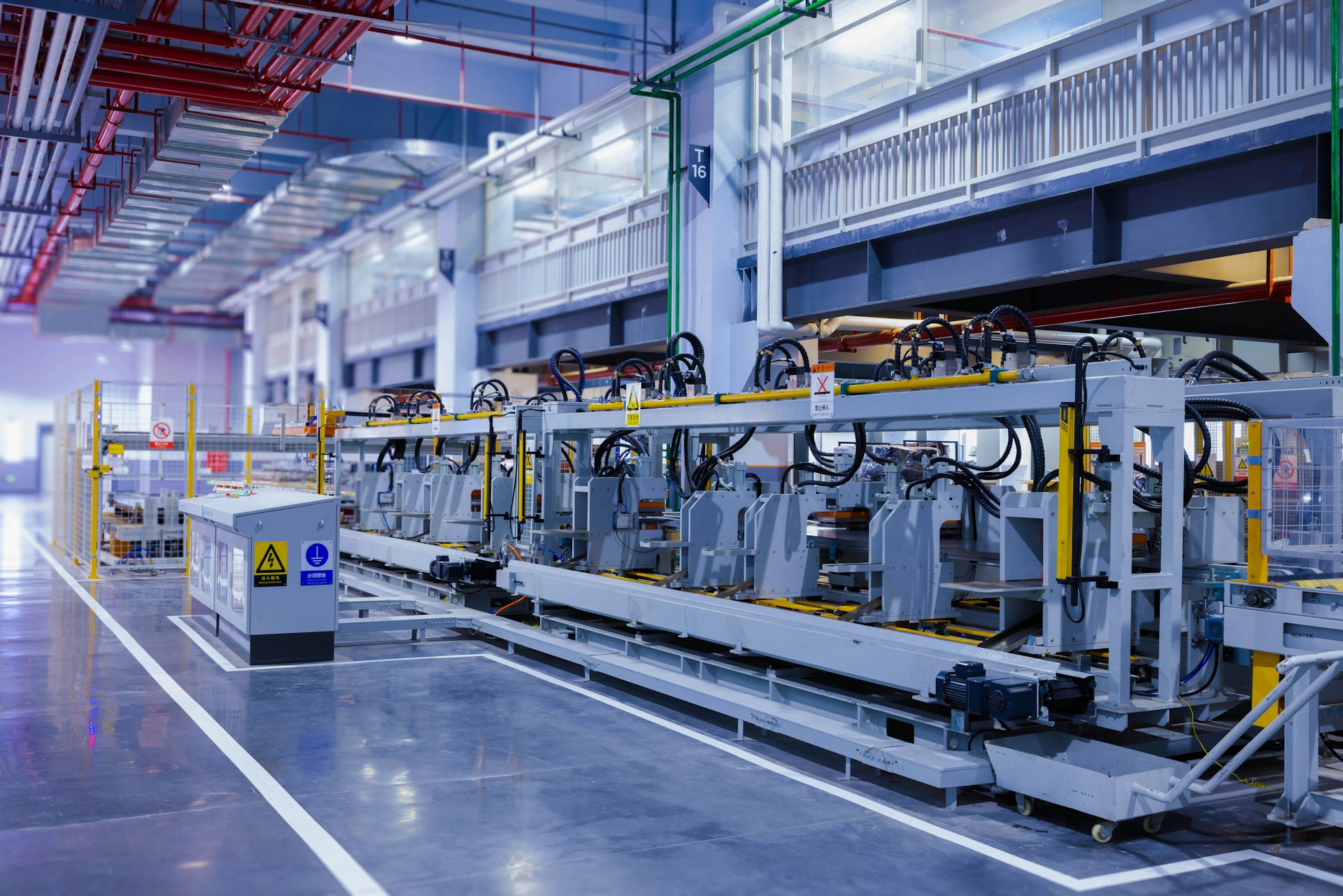Alleviating or Eradicating Poverty? Different outcomes, one single alternative
“Real solutions are never isolated, as systems are interconnected sets of problems requiring integrated solutions.” — Russell Ackoff
Maria is 12 years old and attends daily classes provided by an NGO operating in her community, offering education as an escape from poverty. However, when she returns home, she is often hit with stones by other local youths who perceive her attempt to study as a challenge to their reality.
Upon reaching her home, instead of finding safety, she suffers abuse from her stepfather. The constant and profound trauma makes it impossible for her to concentrate on homework, severely hindering her educational development.
Her mother receives monthly financial assistance from the government, ensuring basic food and preventing extreme hunger. Yet, this aid cannot alter the degrading conditions in which they live: the unbearable smell of open sewage, frequent mosquito-borne diseases such as dengue and yellow fever, and chronic unemployment that continue to trap Maria’s family in a vicious cycle of poverty, violence, and hopelessness.
Millions of families, like Maria’s, receive assistance from NGOs in Brazil and worldwide. While these organizations succeed in partially alleviating the harmful effects of extreme poverty, they also create cycles of dependency. With few exceptions, they are unable to foster a reality where third-party support becomes unnecessary.
My suggestion is to initiate a discussion around a new model—one that eradicates poverty instead of merely alleviating it. But before addressing the details, consider this dilemma: Suppose one million people live in extreme poverty. If we aim to eradicate this misery, should we choose to resolve the situation completely and sustainably for 25% of the population within ten years, while leaving the other 75% in the same conditions? Or should we superficially remove 100% of them from extreme poverty, still leaving them impoverished like Maria and her family? If you were the ultimate authority making this decision, which would you choose?
Addressing this dilemma requires adopting a cold, pragmatic, and impersonal perspective. It demands transcending immediate considerations for current generations—a politically challenging approach in democracies, as these individuals are precisely the ones who vote. Therefore, it becomes essential to extend our perspective toward a longer-term horizon, perhaps one hundred to two hundred years.
The first alternative, though seemingly more generous in the short term, establishes a new status quo that is unable to sustain itself autonomously. Any economic fluctuation or crisis will inevitably return people to poverty. In other words, it is a short-term mechanism that creates neither robustness nor resilience.
The second alternative, however, immediately reduces the number of extremely poor people by 25%, and more importantly, creates the economic foundations necessary for this number to progressively decrease. It facilitates the emergence of a middle class capable of driving sustainable economic and social development over time.
The difference between an alternative that addresses symptoms and one that addresses root causes is profound enough to cloud society’s judgment worldwide. Poverty can only be eradicated if approached holistically, yet NGOs and government departments typically have mandates addressing only one dimension of the problem, for instance – education, health, or sanitation.
Hence arises the importance of creating integrated solutions through autonomous cities or micro-cities. Firstly, a single project should centralize the maximum amount of funding to create a new reality. Secondly, a single operator should synchronize a set of solutions, ranging from infrastructure and employment to health, education, leisure, and the environment. Thirdly, a project that is extremely profitable to private investors would create incentives for increased capital allocation over time.
Individuals in the nonprofit sector dedicated to addressing social issues often think: “This situation moves me; how can I help based on my knowledge and interests?” This differs fundamentally from asking: “What exactly needs to be done to resolve this issue?” Imagine this scenario on a global scale, and it becomes clear why poverty persists despite significant capital and talented individuals committed to fighting it. The challenge requires financial and human capital organized in a deliberate sequence within a predetermined holistic vision.
Consider the creation of an ecosystem structured according to Maslow’s Hierarchy of Needs, in which a logical hierarchy exists among its various layers. Investing in education in an area with temperatures reaching 50 degrees Celsius and lacking basic food supplies will rarely yield good returns on invested capital. We must reflect on the following question: Is it more important to feel good about our actions or to definitively solve this serious challenge? Curiously, the answer has been known for centuries and is right before our eyes: the city.
We specifically propose implementing the “City 5.0” concept. This involves a project where private groups would compete through a bidding system to acquire land and develop small, planned cities, each with a maximum capacity of fifty thousand inhabitants. The decision to keep the project small-scale is strategic, as humans find it easier to solve smaller problems; significant challenges can only be overcome when divided into manageable segments.
The consortium winning the bidding process would be responsible for fully implementing local infrastructure: basic sanitation, electricity, telecommunications, housing, education, healthcare, and leisure areas, along with the daily operations and management. For city governments, the benefits are clear: immediate attraction of private investments, a significant reduction in public spending for that specific population segment, and the possibility of reinvesting saved resources into other priority areas. Additionally, a wealthier population pays more taxes. Thus, society, the city government, and the private sector all benefit.
Currently, there are no effective mechanisms to hold public managers accountable for their administrative performance. Mayors who fail to meet targets face no real consequences, remaining in office despite negative results.
However, under the proposed City 5.0 model, there would be a strict contractual obligation for poverty eradication, defined by clear, predefined performance metrics. If the operator fails to demonstrate consistent improvement in social indicators for three consecutive years, a new bidding process would be initiated to replace them. Conversely, groups achieving notable social welfare and investment goals could have their concessions extended for up to 100 years.
By establishing a model that generates tangible economic benefits through poverty eradication, supported by a transparent and objective methodology, we will create a genuine “zero-poverty industry.” Families like Maria’s would then enjoy a quality of life comparable to a small Singapore, attracting new investments into future cities and creating a sustainable chain of social and economic development.
Have questions, criticisms, or suggestions for the author? Find him on LinkedIn.
On May 28th, in São Paulo, the event “City 5.0 – When Eradicating Poverty is Good Business” will bring together executives, business leaders, and government officials to discuss and advance this transformation. Your participation is essential to definitively ending a reality that has haunted Brazil for centuries.



